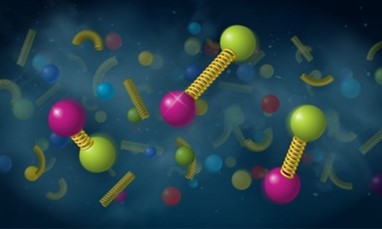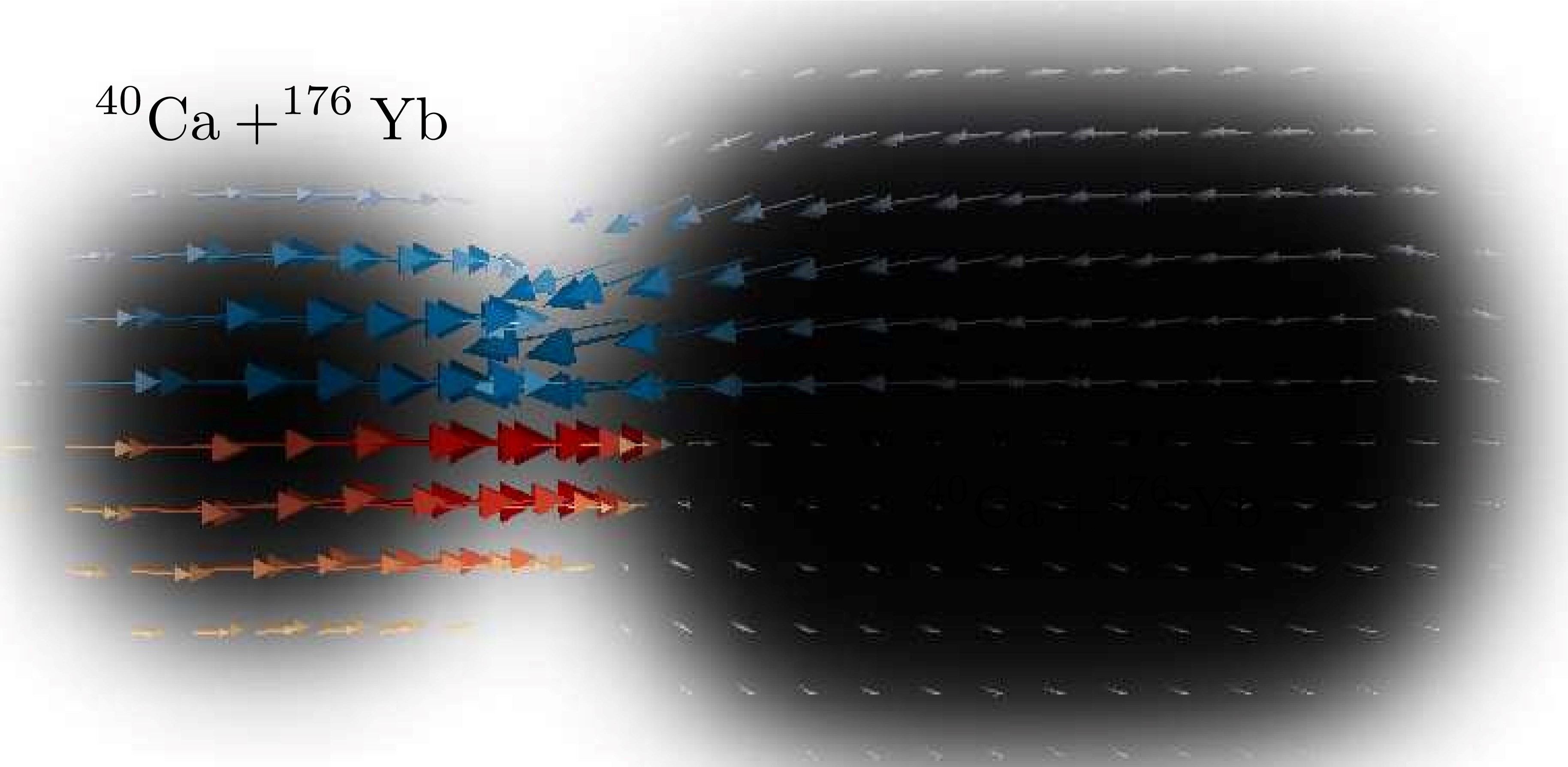STAR Physicists Track Sequential ‘Melting’ of Upsilons
New measurements at RHIC provide evidence for quark ‘deconfinement’ and insight into the unimaginable temperature of the hottest matter on Earth.

The Science
Scientists use the Relativistic Heavy Ion Collider (RHIC), a Department of Energy user facility, to recreate and study the hot particle soup that existed in the very early universe. Recent data show how three distinct variations of particles called upsilons “melt,” or dissociate, in this hot soup. The results from the STAR experiment support the theory that this hot matter is a soup of “free” quarks and gluons, the building blocks of protons and neutrons. The findings will help scientists learn about the properties of this quark-gluon plasma (QGP), including its temperature.The Impact
RHIC is a 2.4-mile-circumference “atom smasher” built to create and study QGP. It does this by accelerating and colliding two beams of gold nuclei with enough energy to melt the boundaries of the individual protons and neutrons that make up the nuclei, setting free the quarks and gluons that make up those particles. The measurements on upsilons (particles made of a “bottom” quark bound to its antimatter opposite) are evidence that free quarks and gluons are interacting with these other particles—essentially prying apart the quark and antiquark. Measuring how different upsilons dissociate helps scientists learn the strength of these interactions. This in turn helps them learn about the properties of the QGP.Summary
Upsilons are made of a bottom quark and antibottom quark held together by gluons. They come in three varieties based on how tightly the quarks are bound together. Tracking how the three varieties melt could provide information on the temperature and other properties of the QGP. The melting is caused by “screening” interactions. These occur when free quarks of the QGP surround the quark and antiquark that make up the upsilon and compete with the upsilon’s own quark-antiquark binding. The most loosely bound upsilons should be easiest to pull apart while the most tightly bound version should be hardest to separate. To look for this effect, scientists in the STAR Collaboration used RHIC’s STAR detector to count intact upsilons both in the presence and absence of QGP. Scientists previously tracked sequential melting of the three separate upsilon states at the Large Hadron Collider, but this is the first clear measurement at RHIC.The RHIC results show the expected pattern for the two most tightly bound upsilon states and, with low precision, the possibility of no signal for the most loosely bound state—which would imply that the latter might have been completely dissociated in the plasma. RHIC’s new sPHENIX detector, built with upsilon-tracking as one of its key goals, will make much more precise measurements.
Contact
Rongrong MaBrookhaven National Laboratory
marr@bnl.gov
Lijuan Ruan
Brookhaven National Laboratory
ruan@bnl.gov
Funding
This research was funded by the Department of Energy Office of Science, Nuclear Physics program, the U.S. National Science Foundation, and a range of international organizations and agencies listed in the related paper. The STAR team used computing resources at the Scientific Data and Computing Center at Brookhaven National Laboratory, the National Energy Research Scientific Computing Center at Lawrence Berkeley National Laboratory, and the Open Science Grid consortium.Publications
Aboona, B.E., et al. (STAR Collaboration), Measurement of sequential Υ suppression in Au+Au collisions at √sNN=200 GeV with the STAR experiment. Physical Review Letters 130, 112301 (2023). [DOI: 10.1103/PhysRevLett.130.112301]Related Links
STAR Physicists Track Sequential 'Melting' of Upsilons, Brookhaven National Laboratory news releaseHighlight Categories
Program: NP
Performer: DOE Laboratory , NP User Facilities , RHIC
Additional: Collaborations , International Collaboration



